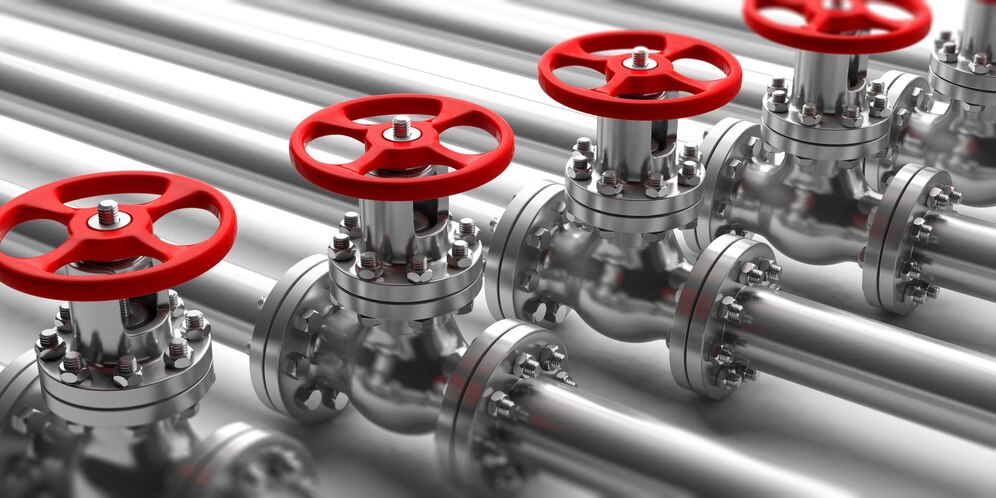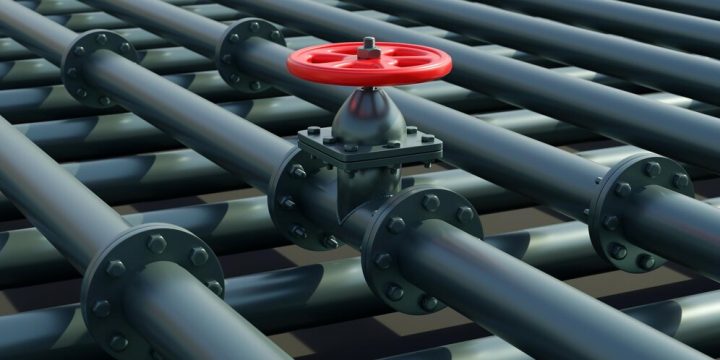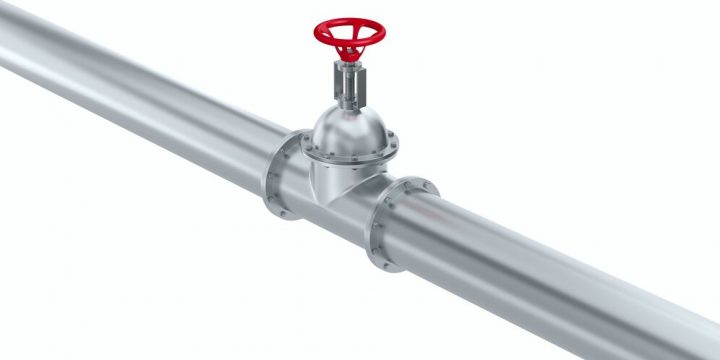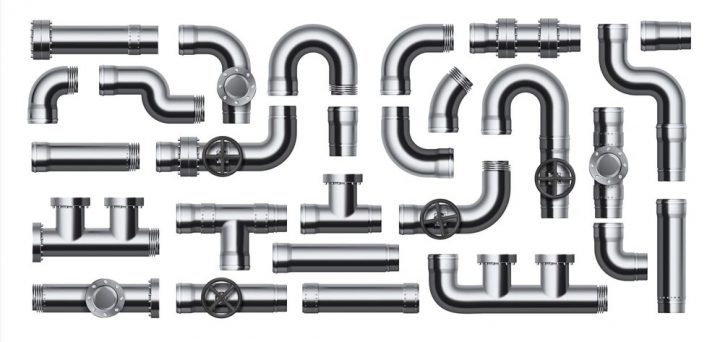Hey there, DIY enthusiasts, contractors, and all-around handy folks! Welcome back to our channel. Today, we’re diving into a crucial aspect of plumbing and piping projects: choosing the right pipe fittings. Whether you’re embarking on a home renovation or a large-scale construction project, selecting the appropriate fittings is essential for ensuring efficiency, durability, and functionality. So, grab your notepads, because we’re about to break it all down for you.
Understanding Pipe Fittings
Before we delve into the selection process, let’s quickly review what pipe fittings are and why they’re important. Pipe fittings are components used to connect, redirect, or control the flow of pipes in plumbing and piping systems. They come in various shapes, sizes, and materials to accommodate different types of pipes and applications. From elbows and tees to couplings and adapters, each fitting serves a specific purpose in routing fluids or gases through a system.
Assessing Project Requirements
The first step in choosing the right pipe fittings is to assess the requirements of your project. Consider factors such as the type of pipe material, the intended application, pressure and temperature conditions, as well as any specific codes or regulations that need to be adhered to. Understanding these requirements will help narrow down your options and ensure that the fittings you select are compatible with your project’s needs.
Types of Pipe Fittings
Pipe fittings come in a wide range of types, each designed for specific functions and applications. Here are some common types you’re likely to encounter:
-Elbows: Used to change the direction of a pipe’s flow, elbows come in various angles, including 45° and 90°, to accommodate different routing needs.
-Tees: Tees are used to create branches in piping systems, allowing for the connection of multiple pipes at right angles.
-Reducers: As the name suggests, reducers are used to transition between pipes of different sizes, either increasing or decreasing the diameter as needed.
-Couplings: Couplings are used to join two pipes of the same size together, providing a secure and leak-proof connection.
-Adapters: Adapters are fittings used to connect pipes of different materials or sizes, facilitating compatibility between different sections of a piping system.
Material Considerations
The material of the pipe fittings you choose is critical, as it directly impacts the performance, durability, and compatibility of your plumbing or piping system. Common materials for pipe fittings include:
-PVC (Polyvinyl Chloride): PVC fittings are lightweight, corrosion-resistant, and ideal for use in low-pressure applications such as residential plumbing and irrigation systems.
-CPVC (Chlorinated Polyvinyl Chloride): Similar to PVC but with added chlorine, CPVC fittings are suitable for hot water applications and are more resistant to heat and chemical corrosion.
-Copper: Copper fittings are renowned for their durability and reliability, making them a preferred choice for both residential and commercial plumbing systems.
-Brass: Brass fittings offer excellent corrosion resistance and are commonly used in applications where strength and longevity are paramount, such as in industrial settings.
-Stainless Steel: Stainless steel fittings are prized for their exceptional durability, corrosion resistance, and suitability for high-temperature and high-pressure applications.
Considerations for Specific Applications
Depending on the nature of your project, you may need to consider additional factors when choosing pipe fittings:
-Temperature and Pressure Ratings: Ensure that the fittings you choose are rated to withstand the temperature and pressure conditions present in your system to prevent failures or leaks.
-Chemical Compatibility: If your system will be transporting corrosive or abrasive fluids, select fittings that are compatible with the chemicals or substances involved to avoid degradation or contamination.
-Environmental Factors: For outdoor or exposed installations, consider fittings that are UV-resistant or suitable for harsh environmental conditions to ensure longevity and performance.
Size and Configuration
When selecting pipe fittings, it’s crucial to ensure that they are compatible with the size and configuration of your piping system. Pay attention to factors such as the diameter, thread type, and connection method to ensure a proper fit and seal. Taking accurate measurements and consulting sizing charts or specifications provided by manufacturers can help prevent compatibility issues down the line.
Quality and Reliability
Last but certainly not least, prioritize quality and reliability when choosing pipe fittings for your project. Opt for fittings from reputable manufacturers known for producing high-quality products that adhere to industry standards and regulations. Investing in durable, reliable fittings may entail a higher upfront cost but can ultimately save you time, money, and headaches by reducing the risk of leaks, failures, and repairs.
And there you have it, folks—a comprehensive guide to choosing the right pipe fittings for your project. By understanding your project requirements, considering material compatibility, and prioritizing quality and reliability, you can ensure smooth sailing for your plumbing or piping endeavors. If you found this vlog helpful, don’t forget to like, share, and subscribe for more tips, tricks, and DIY inspiration. Until next time, happy plumbing!
Conclusion
Selecting the right pipe fittings is a critical aspect of any plumbing or piping project, influencing the efficiency, durability, and performance of the system. By understanding the project requirements, considering factors such as material compatibility, size, and configuration, and prioritizing quality and reliability, you can ensure seamless installation and long-term functionality. Remember to assess your specific needs, consult sizing charts, and choose fittings from reputable manufacturers to avoid compatibility issues and ensure a secure, leak-proof system.
For those seeking top-quality pipe fittings from trusted manufacturers and suppliers, Enggpro offers a comprehensive platform to streamline the sourcing process. With a diverse network of industry-leading providers, Enggpro connects businesses with high-quality fittings tailored to their project requirements. From PVC to stainless steel fittings and everything in between, Enggpro simplifies procurement, ensuring that industries find the perfect fit for their plumbing and piping needs. Explore Enggpro today and take the first step towards a successful project. Happy plumbing, and may your projects flow smoothly from start to finish!



